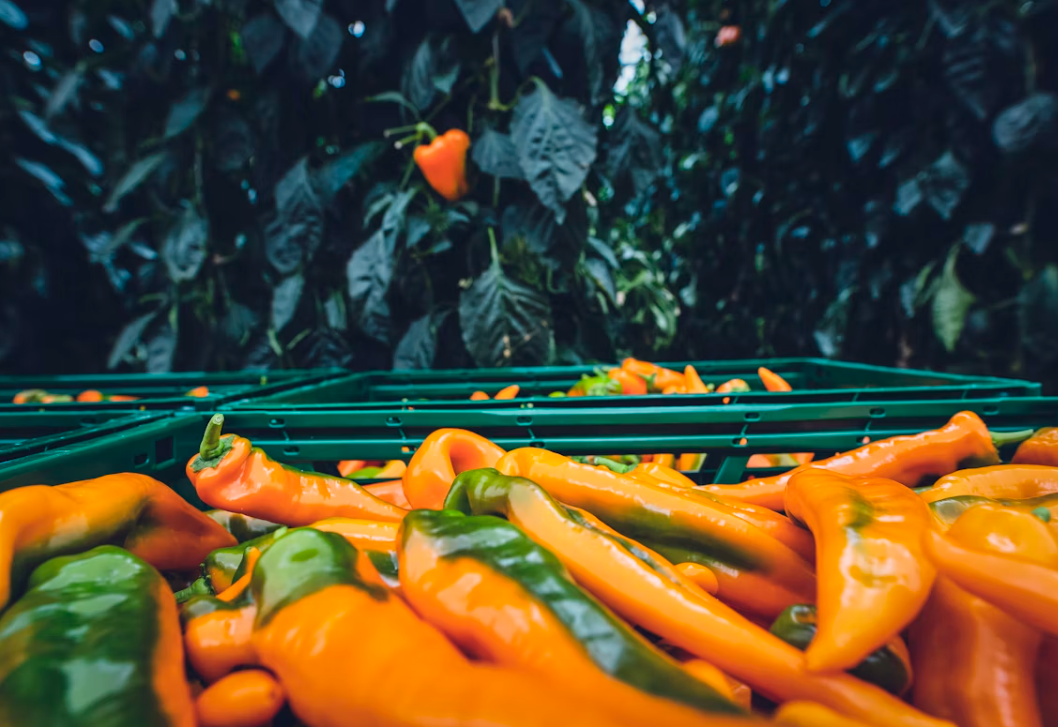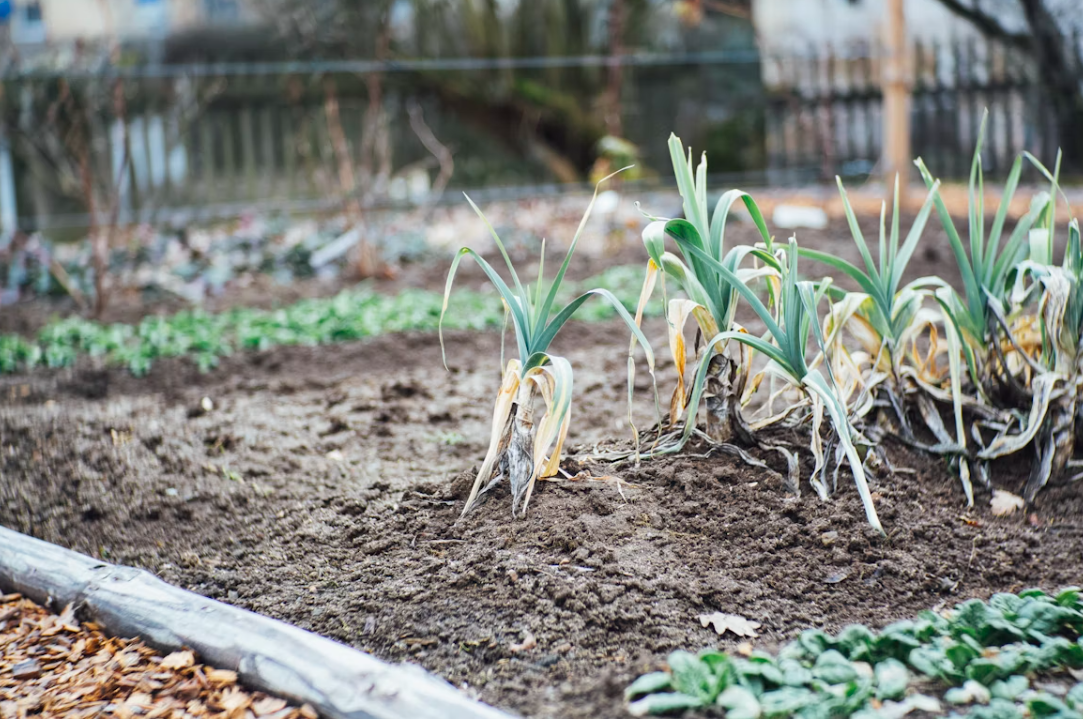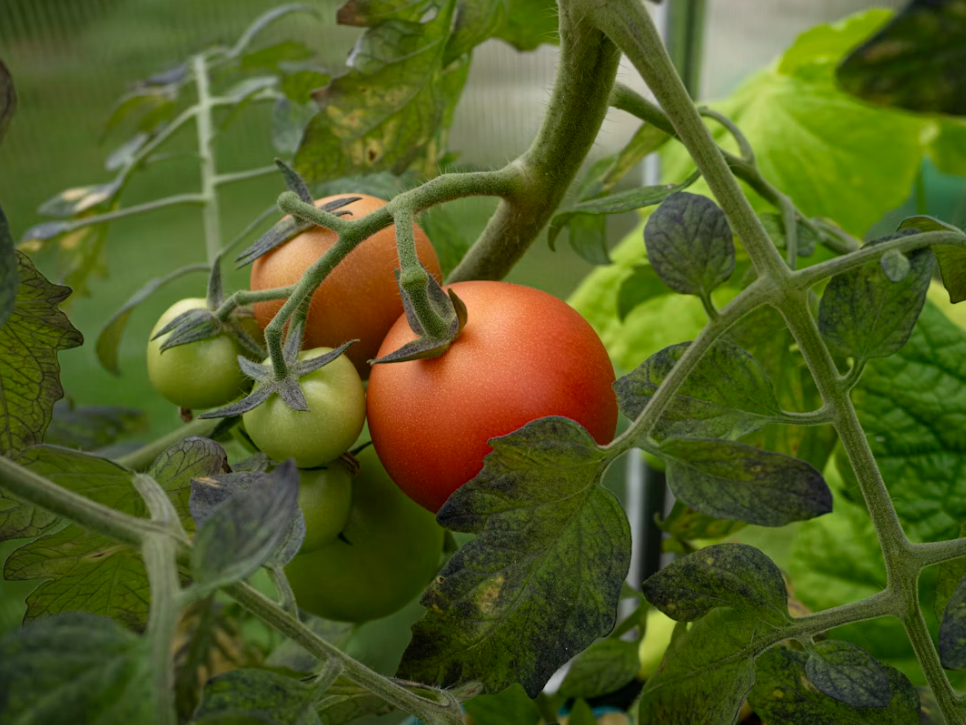When planning or investing in an agricultural greenhouse, one critical but often overlooked component is the frame material—especially when it comes to steel structures. Greenhouse framing serves as the backbone of the entire structure, directly influencing its durability, safety, and lifespan.
In this article, we’ll examine how various types of steel frame materials affect the longevity and performance of agricultural greenhouses, and why selecting the right steel can lead to long-term savings and better ROI.

Steel has become the go-to material for greenhouse frames for several reasons:
Strength-to-weight ratio: It can support heavy snow and wind loads without being overly bulky.
Design flexibility: It suits both simple tunnel greenhouses and high-tech commercial facilities.
Cost-effectiveness: Compared to aluminum or wood, steel offers a better balance of strength and affordability.
But not all steel is created equal. The type, treatment, and quality of steel significantly affect its performance over time.
Galvanized steel is the most commonly used material for agricultural greenhouse frames. The steel is coated in zinc through a process called hot-dip galvanization, which provides a corrosion-resistant barrier.
Advantages:
Long-lasting protection from rust, even in humid or coastal environments
Relatively low cost
Minimal maintenance
Durability Factor:
A high-quality hot-dip galvanized steel frame can last 20–30 years with minimal signs of corrosion.
This is steel that has been galvanized before fabrication. While still rust-resistant, it’s less durable than hot-dip galvanized steel, especially at weld points and cut edges.
Durability Factor:
Usually lasts 10–15 years depending on the climate and level of exposure.
Stainless steel offers the highest level of corrosion resistance, thanks to its chromium content. However, it is much more expensive, making it less common for full greenhouse frames.
Durability Factor:
Can last over 40 years, but cost may outweigh the benefits for most agricultural applications.
Corrosion is the number one threat to greenhouse longevity, especially in high-humidity and high-fertilizer environments. Once corrosion begins:
Structural strength is compromised
Holes can form in connections and joints
Replacement or major repairs are needed
Using hot-dip galvanized steel minimizes these risks by forming a zinc-oxide patina, which protects the frame even if scratched or damaged.

Agricultural greenhouses are exposed to:
Rain and humidity
UV exposure
Temperature extremes
Fertilizer gases and chemicals
A steel frame that isn't properly treated will degrade quickly in these conditions. Choosing steel that resists oxidation, chemical corrosion, and mechanical fatigue ensures your greenhouse stays operational and safe year-round.
A greenhouse frame must support:
The weight of covering materials (polycarbonate, polyethylene film, etc.)
Internal equipment like irrigation and lighting
External forces like snow and wind
High-tensile galvanized steel can bear these loads without buckling. In contrast, frames made from thin or low-grade steel are prone to warping and collapse under pressure.
While stainless steel requires almost no maintenance, galvanized steel offers the best value over time when balancing:
Initial cost
Durability
Maintenance effort
Proper steel framing reduces long-term repair needs, downtime, and safety risks. In fact, many growers find that investing in premium galvanized steel upfront results in 15–20% lower total ownership cost over 20 years.
If you're in the market for a greenhouse, consider these tips:
Ask if the frame uses hot-dip galvanized steel, not just "galvanized"
Request coating thickness specs (e.g., ≥275g/m² zinc layer)
Inquire about anti-corrosion certifications or industry testing
Consider double coating or powder coating for tropical or coastal areas
In Southeast Asia, greenhouses face extreme humidity and salt-laden air. One commercial farm in Malaysia switched from standard tubing to hot-dip galvanized steel with a 275g/m² coating, and their maintenance dropped by 70% over five years. Despite the higher upfront cost, the structure remains rust-free and structurally sound after a decade.

The type and treatment of your steel frame make a huge difference in how long your agricultural greenhouse lasts. For most growers, hot-dip galvanized steel offers the best mix of durability, corrosion protection, and cost-efficiency.
When selecting your greenhouse supplier, ask detailed questions about the steel material, its coating process, and its durability ratings. A small investment in better materials today could save you from major repairs—or total rebuilds—tomorrow.

Copyright ©Kunyu Greenhouse Co., Ltd. All Rights Reserved | Sitemap